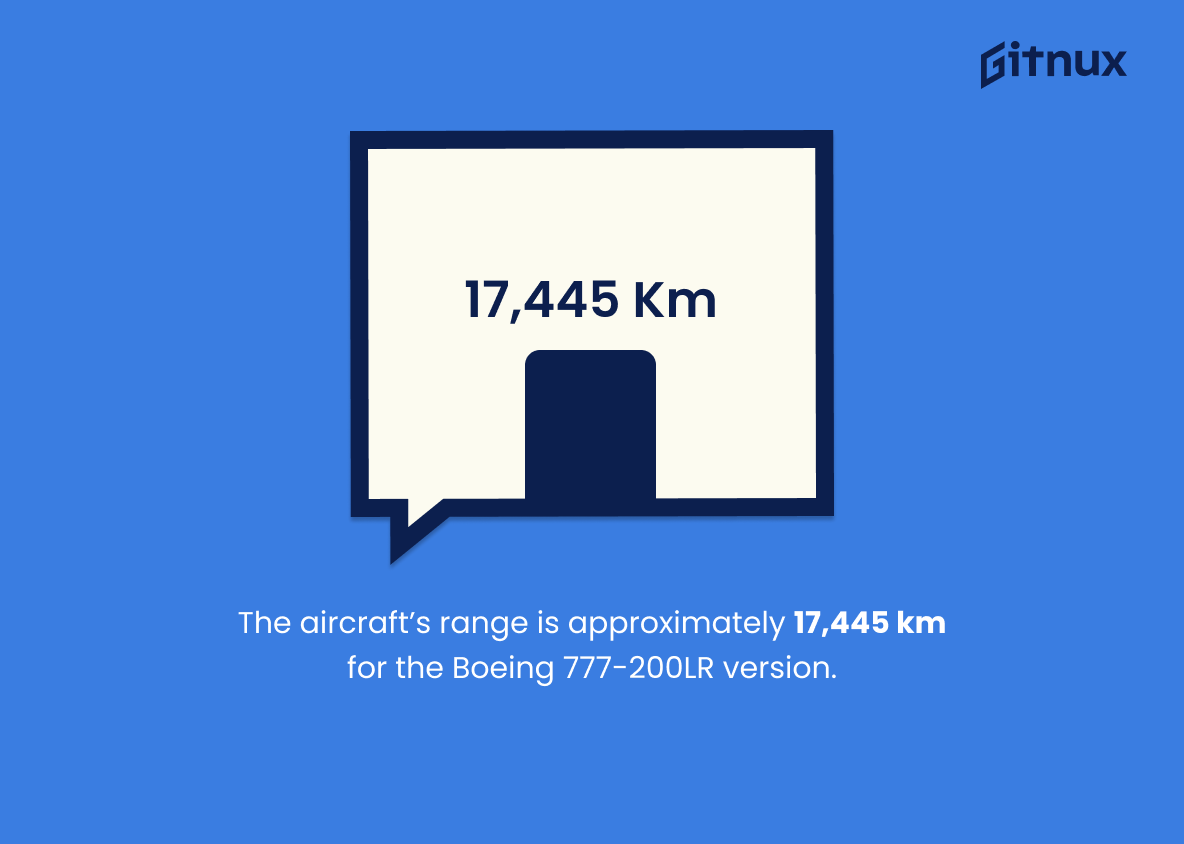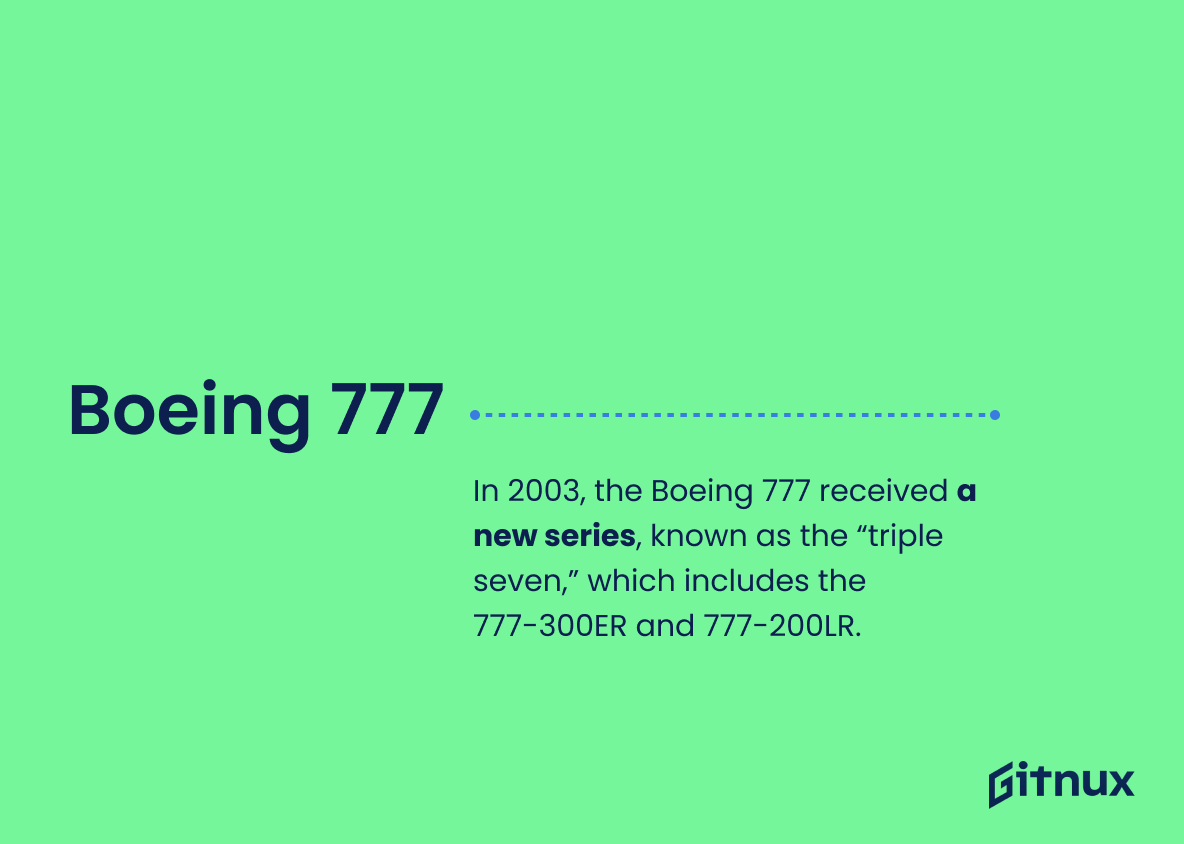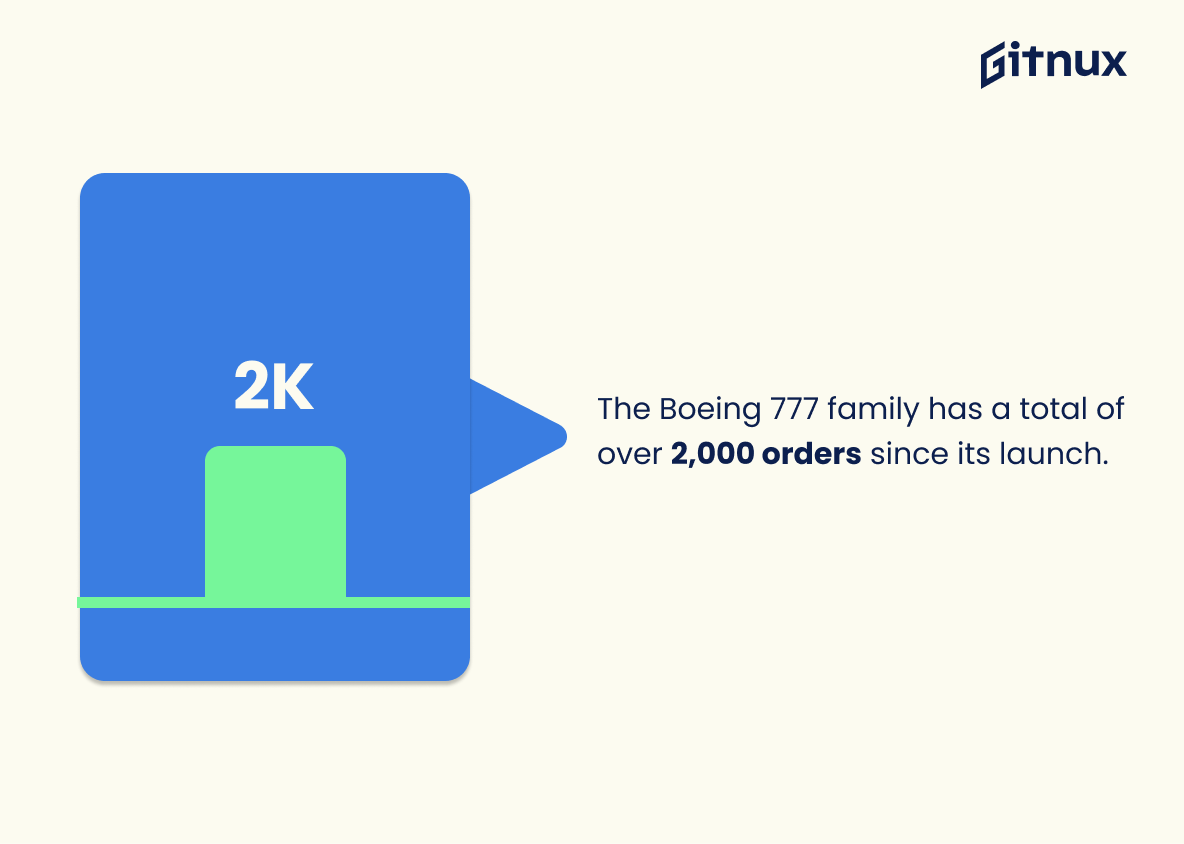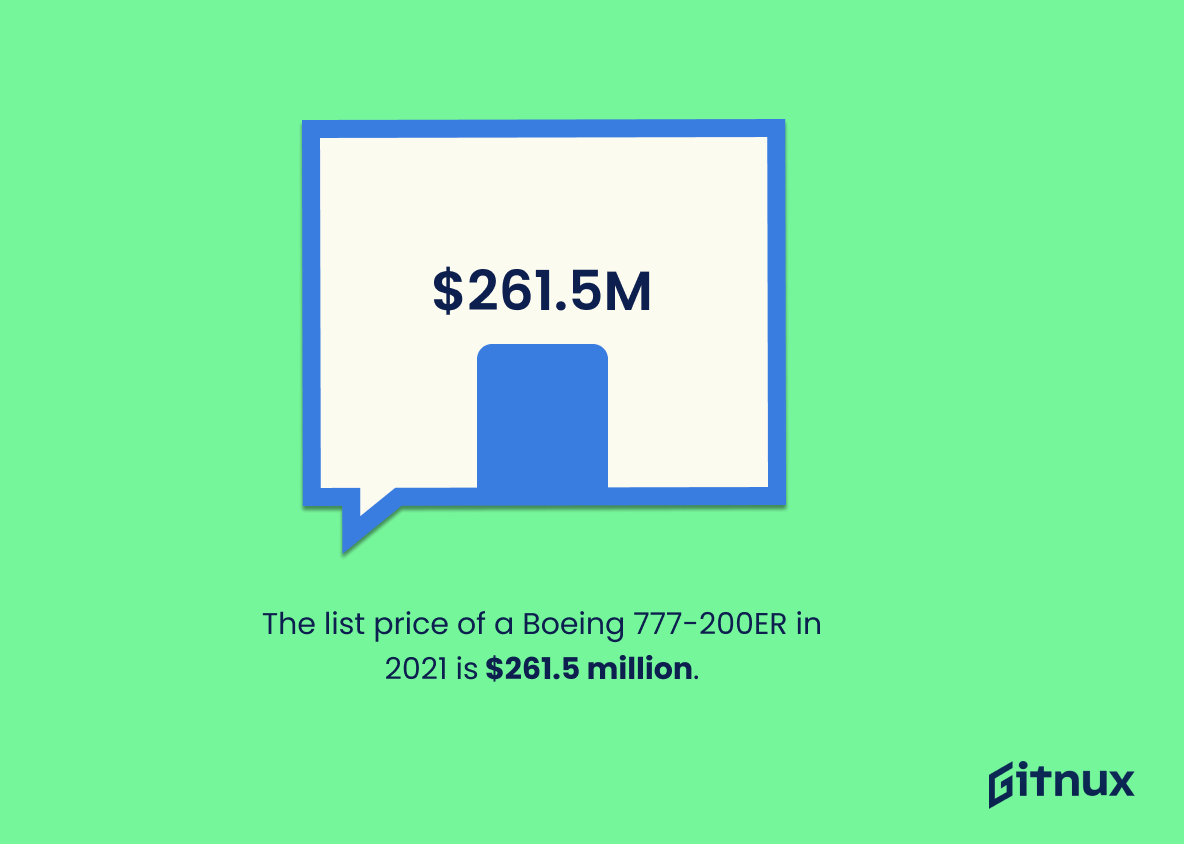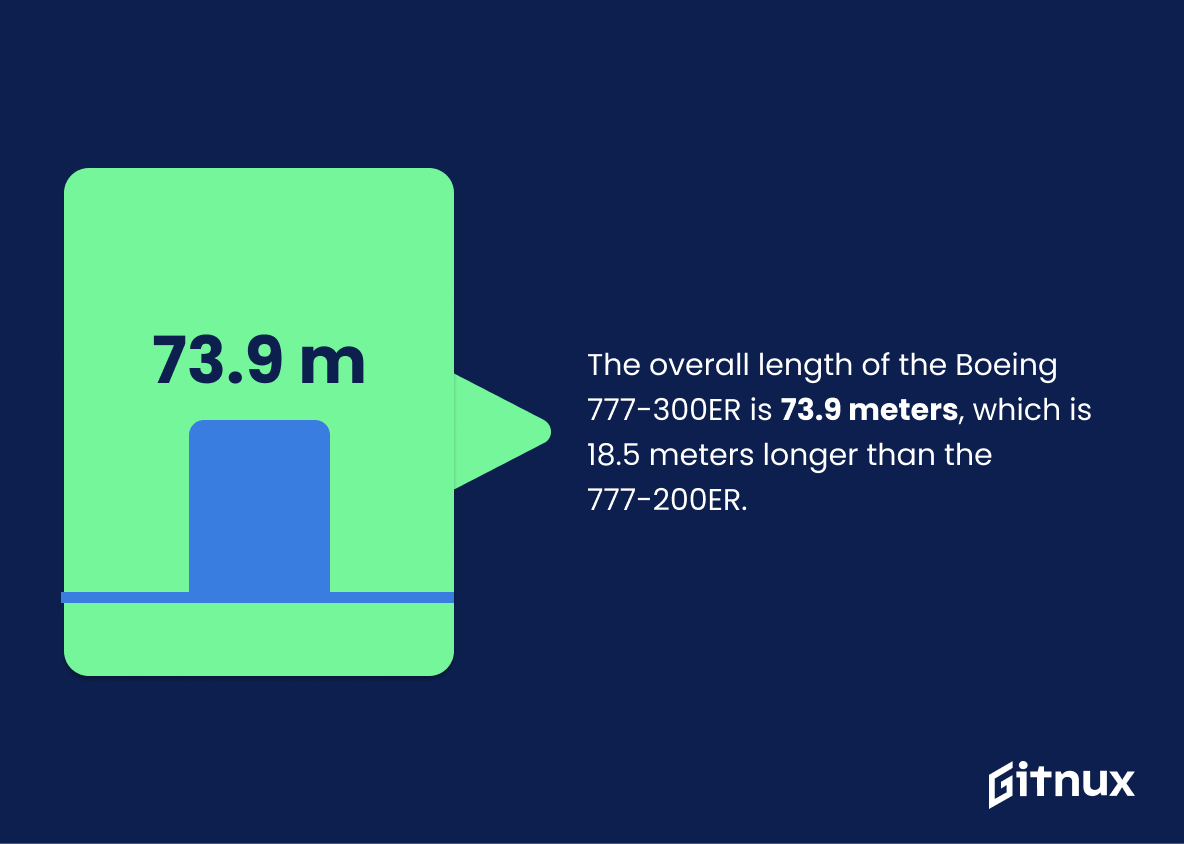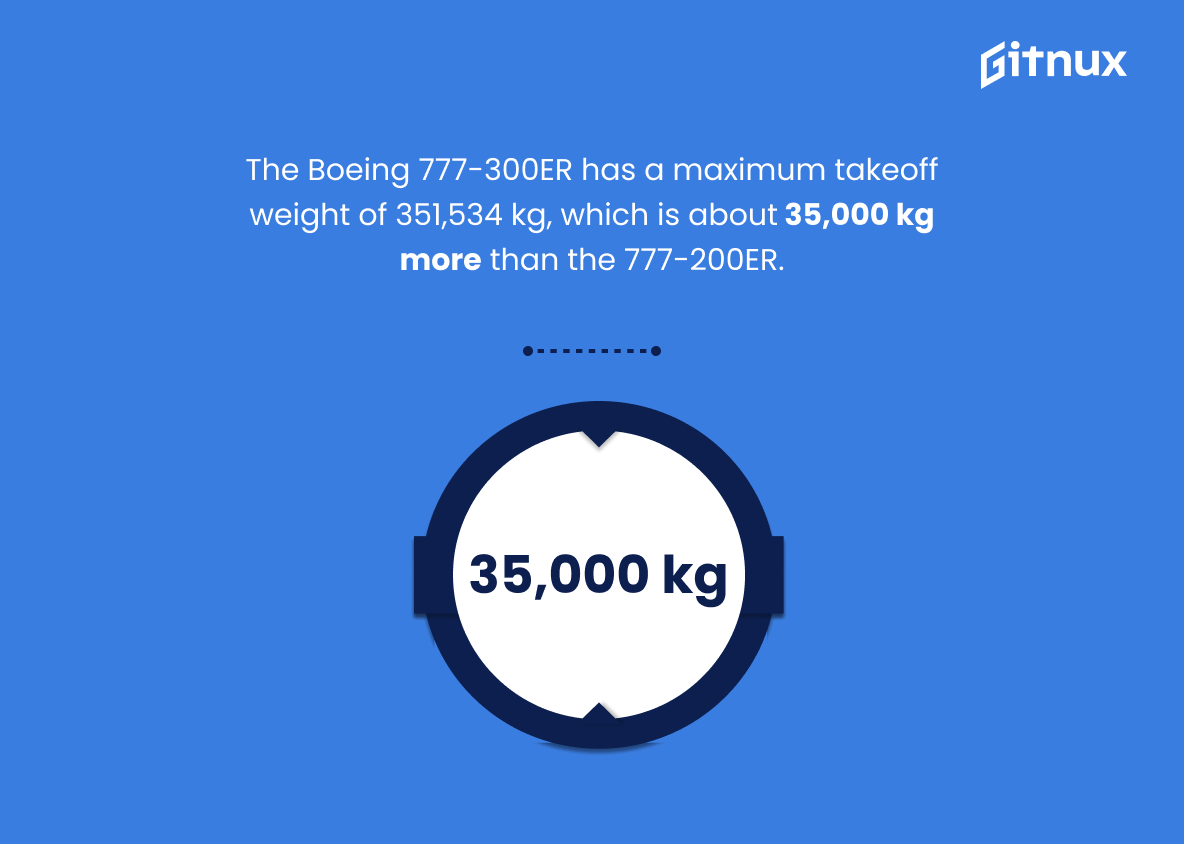The Boeing 777 is an iconic aircraft that has been in service since 1995. It is the largest twinjet with a typical seating capacity of 314 to 396 passengers, and as of December 2018 there were 1,659 Boeing 777s in operation around the world. The first delivery was made to United Airlines on May 15th, 1995 and it made its first commercial flight on June 7th of that same year.
Since then, the family has grown with new series such as “triple seven” which includes models like the 777-300ER and 200LR; both have impressive ranges – 17,445 km for the 200LR version – making them ideal for long haul flights. In 2003 they received their latest update when GE90-115B engines were introduced into production; these are 11 feet 3 inches (3.43 meters) wide at fan diameter.
By 2021 over 2 billion passengers had flown aboard a Boeing 777 aircraft while total orders exceeded 2000 units since launch date back in 1995 – Emirates having 132 planes alone by 2013. This success can be attributed not only to its reliability but also due to record breaking feats such as longest nonstop flight ever achieved by a commercial plane: 21 601km set up by one of their own –the 200LR– back in 2005.
Revenue generated from this program surpasses $400 billion dollars so far while list price per unit stands at 261 million USD today for a brand new model 300ER . Ethiopian Airlines became Africa’s first operator after receiving theirs back 2006 whilst maximum takeoff weight reaches 351 534 kg or 35 000 more than what you get out of your standard 200 ER variant . Cargo volume amounts 6 030 cubic feet whereas overall length measures 73 9m , 18 5 m longer than her predecessor . Lastly fuel consumption during cruise averages 6 5 tons/hour according FAA regulations .
In conclusion we can say without doubt that despite being 27 years old already , The Boeing Triple Seven still remains one if not THE most successful airliner programs ever created .
The statistic regarding the seating capacity of the Boeing 777 is an important one, as it provides insight into the size and scope of the aircraft. It is a key factor in determining the number of passengers that can be accommodated on a single flight, and thus the potential revenue that can be generated. Furthermore, it is also a useful indicator of the aircraft’s range and fuel efficiency, as the larger the capacity, the more fuel is required to transport the same number of passengers. As such, this statistic is an essential piece of information for anyone looking to gain a better understanding of the Boeing 777.
There were 1,659 Boeing 777 aircraft in operation as of December 2018.
This statistic is a testament to the success of the Boeing 777 aircraft, as it shows that the aircraft is in high demand and is being used by many airlines around the world. It also indicates that the aircraft is reliable and efficient, as it has been able to remain in operation for such a long period of time. This statistic is an important part of any discussion about the Boeing 777, as it provides a snapshot of the aircraft’s current status.
Boeing 777 Statistics Overview
The first Boeing 777-200 was delivered to United Airlines on May 15, 1995.
This statistic is a milestone in the history of the Boeing 777, marking the first delivery of the aircraft to United Airlines. It is a reminder of the success of the aircraft and the impact it has had on the aviation industry since its introduction. It is also a testament to the hard work and dedication of the Boeing team in developing and delivering the aircraft. This statistic is an important part of the story of the Boeing 777 and its significance should not be overlooked.
The aircraft’s range is approximately 17,445 km for the Boeing 777-200LR version.
The impressive range of the Boeing 777-200LR version is a testament to the aircraft’s capabilities, allowing it to travel vast distances without needing to refuel. This makes it an ideal choice for long-haul flights, allowing passengers to reach their destination with ease and comfort.
In 2003, the Boeing 777 received a new series, known as the “triple seven,” which includes the 777-300ER and 777-200LR.
This statistic is significant in the context of a blog post about Boeing 777 Statistics because it highlights the introduction of a new series of the 777, the “triple seven,” which has become a major success for Boeing. The 777-300ER and 777-200LR have become some of the most popular aircraft in the world, and their introduction in 2003 has been a major factor in the success of the Boeing 777.
The Boeing 777 family has a total of over 2,000 orders since its launch.
This statistic is a testament to the success of the Boeing 777 family, demonstrating the immense popularity of the aircraft since its launch. It is a clear indication that the Boeing 777 family has been a major success in the aviation industry, and is a key factor in why it is one of the most sought-after aircraft in the world.
In 2013, Emirates had the largest fleet of Boeing 777s with nearly 132 aircraft.
This statistic is a testament to the success of the Boeing 777, as Emirates has the largest fleet of these aircraft. It speaks to the reliability and popularity of the 777, as Emirates has chosen to invest in such a large number of them. This statistic is a clear indication that the Boeing 777 is a trusted and successful aircraft.
The Boeing 777X is the next generation of the 777 family, with its first flight taking place on January 25, 2020.
This statistic is a milestone in the history of the Boeing 777 family, as it marks the first flight of the next generation of the iconic aircraft. It is a testament to the success of the 777 family and the innovation of Boeing in continuing to develop and improve the aircraft. This statistic is a reminder of the importance of the 777 family to the aviation industry and the impact it has had on the industry over the years.
The list price of a Boeing 777-200ER in 2021 is $261.5 million.
This statistic is a crucial piece of information when it comes to Boeing 777 Statistics, as it provides an insight into the cost of the aircraft. It is important to know the list price of the Boeing 777-200ER in 2021, as it can be used to compare the cost of the aircraft with other models and to determine the potential profitability of the aircraft. Additionally, this statistic can be used to assess the current market value of the aircraft and to make informed decisions about purchasing or leasing the aircraft.
The Boeing 777 has a total cargo volume of 6,030 cubic feet for the 777-300ER.
The cargo volume of the Boeing 777-300ER is an important statistic to consider when discussing the Boeing 777, as it provides insight into the aircraft’s capacity to transport goods. This statistic is especially relevant for businesses that rely on air cargo services, as it can help them determine whether the Boeing 777-300ER is the right aircraft for their needs.
The overall length of the Boeing 777-300ER is 73.9 meters, which is 18.5 meters longer than the 777-200ER.
The extra 18.5 meters of length on the Boeing 777-300ER makes it a more spacious and comfortable aircraft for passengers, allowing for more legroom and a greater range of amenities. This makes it an ideal choice for long-haul flights, providing passengers with a more enjoyable experience. Additionally, the increased length of the 777-300ER allows for more cargo to be carried, making it a great option for freight operators. All in all, the extra length of the 777-300ER is a major factor in its popularity and success.
The Boeing 777-300ER has a maximum takeoff weight of 351,534 kg, which is about 35,000 kg more than the 777-200ER.
The increased maximum takeoff weight of the Boeing 777-300ER is a testament to its superior engineering and design, allowing it to carry more cargo and passengers than its predecessor. This extra capacity makes the 777-300ER an ideal choice for airlines looking to maximize their efficiency and profitability. As such, this statistic is an important one to consider when discussing the Boeing 777’s impressive capabilities.
Conclusion
The Boeing 777 is an iconic aircraft that has been in service for over 25 years. It is the largest twinjet with a typical seating capacity of 314 to 396 passengers and can fly up to 17,445 km on its longest range version. The first commercial flight took place on June 7, 1995 with United Airlines and since then it has flown more than 2 billion passengers by 2021. With over 2000 orders since launch, the triple seven family includes models such as the 777-200LR and 777-300ER which have become bestsellers due to their impressive performance capabilities including fuel efficiency and cargo volume. As one of Boeing’s most successful programs ever, it continues to be a reliable workhorse for airlines around the world today while also paving way for future generations like the upcoming 777X model set to take off soon.
References
0. – https://www.centreforaviation.com
1. – https://www.en.wikipedia.org
2. – https://www.boeing.com
3. – https://www.worldhistory.org
4. – https://www.airlinereporter.com
5. – https://www.boeing.mediaroom.com
6. – https://www.statista.com

